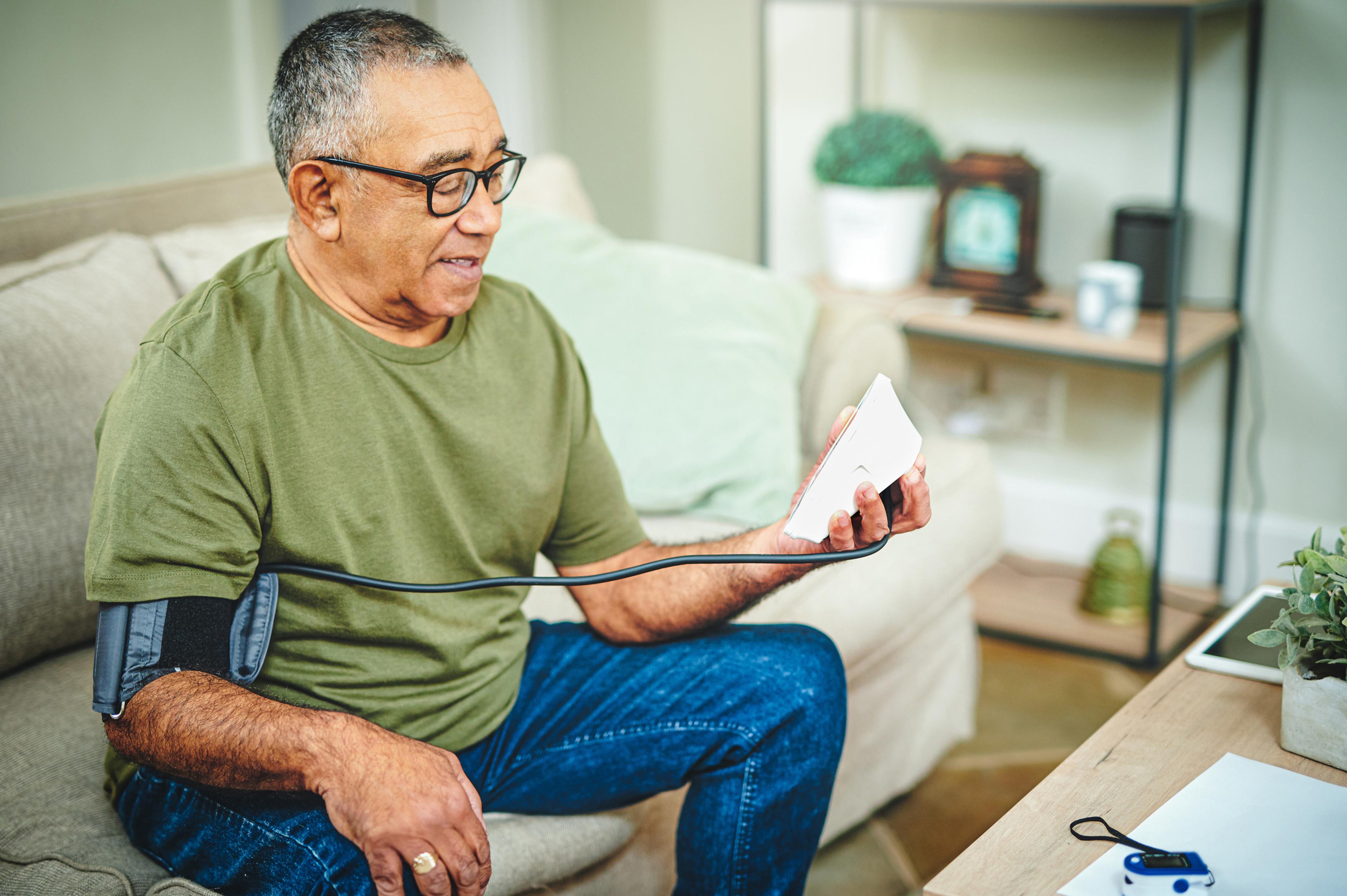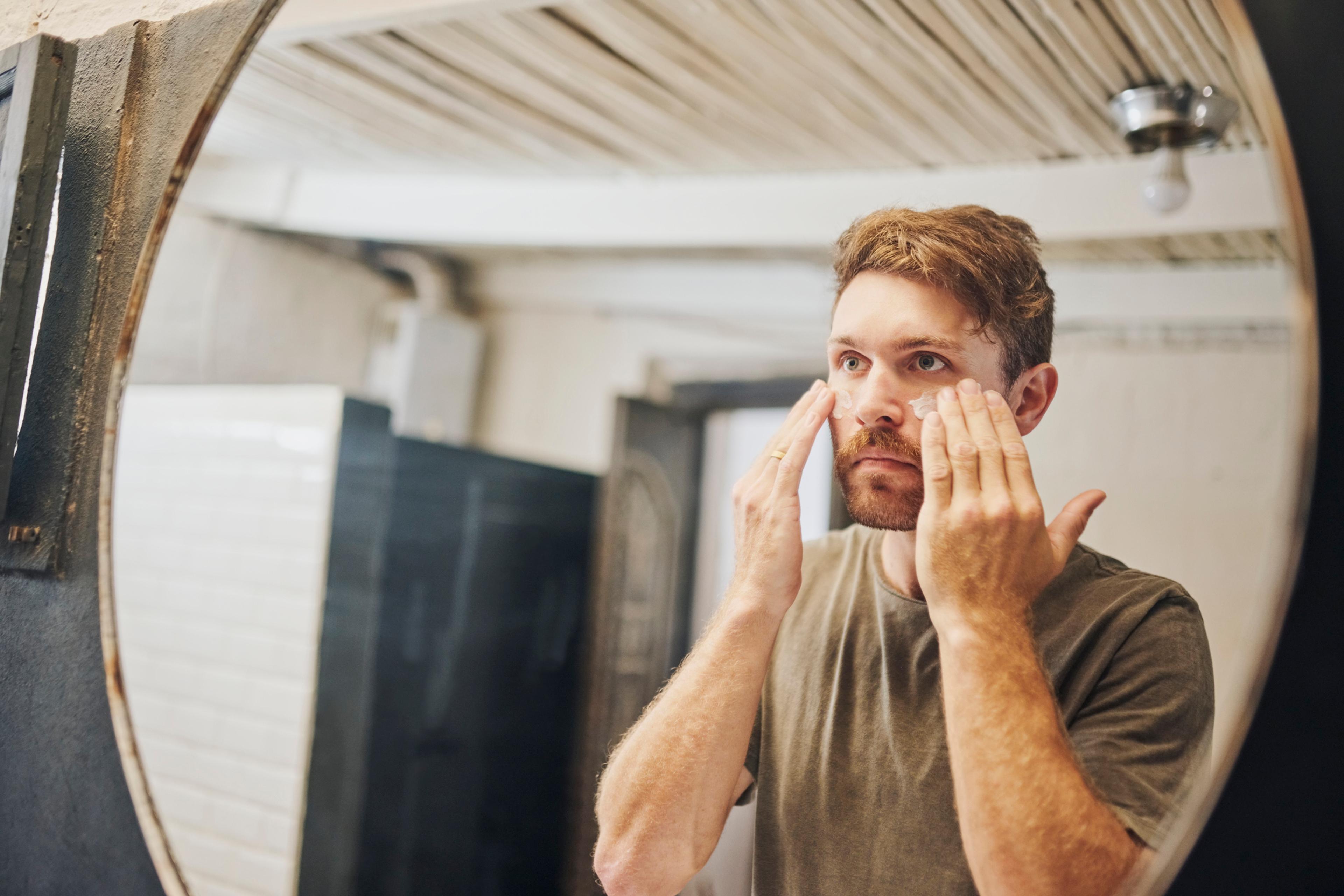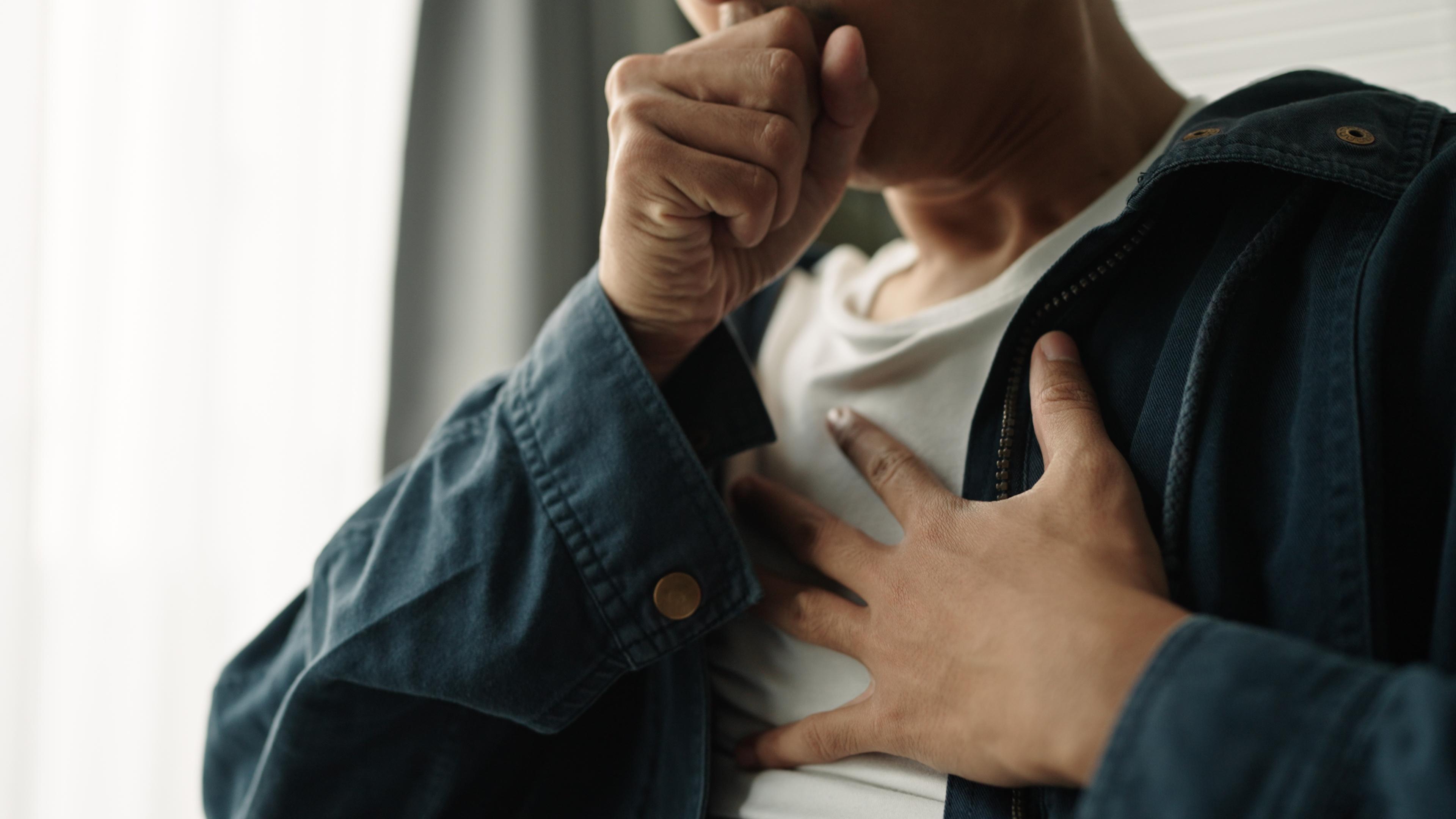Best Practices for Measuring Blood Pressure at Home
Jake Newby
| 3 min read

Roughly 120 million American adults have hypertension (high blood pressure). That’s nearly half the adult population. If you are one of the several million to fall into this category, you may want to chat with your health care team about monitoring your blood pressure at home.
“Masked hypertension,” which occurs when someone has normal blood pressure readings in their provider’s office and elevated blood pressure readings outside of it, is one major reason to invest in an at-home blood pressure monitor. More than 20% of individuals with high blood pressure experience masked hypertension. Other reasons to monitor your blood pressure at home could include:
- More opportunities to detect blood pressure that is higher than normal and treat it on time.
- The ability to identify how risk factors like external stress, family history, age, and obesity affect your blood pressure, so you can track your own trends and adjust accordingly.
- You suffer from “white coat syndrome,” a condition that occurs when blood pressure readings at your provider's office are higher than they are in other settings. The opposite of masked hypertension, this condition could lead to an unnecessary prescription.
What to look for when selecting an at-home blood pressure monitor
Automatic or electronic devices are recommended. Digital, cuff-style monitors that fit around your bicep/upper arm tend to be the most accurate. The American Heart Association (AHA) advises against wrist and finger monitors because they are generally less reliable.
Always choose a monitor that has been validated. If you are unsure, ask your primary care provider or pharmacist for advice. Those choosing a blood pressure monitor for a senior, pregnant woman or child, should make sure it is validated for these conditions. Also, make sure the cuff fits by measuring around your upper arm and selecting a monitor that comes with the correct size cuff.
Measuring tips: What are the best ways to monitor blood pressure at home?
Here are some tips about how to prepare to measure your blood pressure and how to get the most out of your monitor.
- Avoid smoking, drinking caffeinated beverages or exercising.
- Empty your bladder 30 minutes before measuring your blood pressure.
- Rest quietly for five minutes before taking the measurement.
- Before putting your monitor on it, check its instructions for an illustration or have your health care professional show you how.
- Do not measure over clothes.
- Do not talk during the reading.
- Sit still and sit correctly; this means sitting with your back straight and supported (on a dining chair instead of a sofa).
- Keep your feet flat on the floor and your legs uncrossed.
- Keep your arm supported on a flat surface with the upper arm at heart level.
- Make sure the bottom of the cuff is placed directly above the bend of the elbow.
- Measure at the same time each day. It’s important to take the readings at the same time each day, such as morning and evening.
- It is best to take the readings daily beginning two weeks after a change in treatment and during the week before your next appointment.
- Take multiple readings and record the results. Each time you measure, take two readings one minute apart and record the results using this printable (PDF) tracker.
- If your monitor has built-in memory to store your readings, bring it to appointments with your PCP. Some monitors may also allow you to upload your readings to a secure website after you register your profile.
- Best practices for home blood pressure monitoring include using an appropriately fitting upper-arm cuff on a bare arm, emptying the bladder, avoiding caffeinated beverages for 30 minutes before taking the measurement.
Remember, a diagnosis of high blood pressure must be confirmed by a medical professional. Be sure to share your recorded results with your health care provider, who can help you make lifestyle changes or prescribe medications if necessary.
Photo credit: Getty Images





